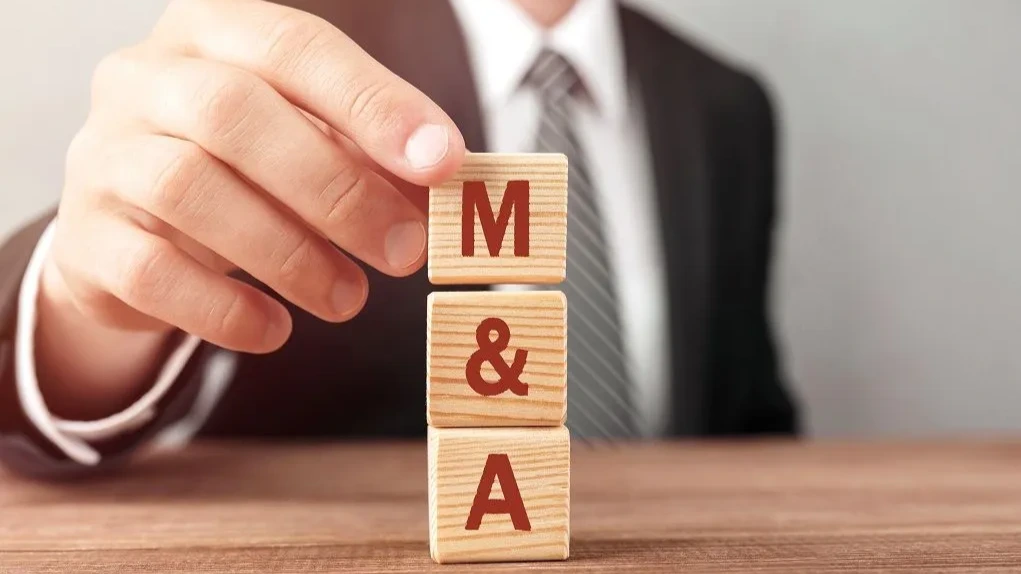The mergers and acquisitions market in Europe is adapting to a period of economic recalibration and strategic adjustment. Following a phase of uncertainty, deal activity is showing signs of a cautious recovery. Organisations are reassessing their portfolios with a renewed focus on building resilience and securing long-term growth. This shift is influencing how transactions are identified, evaluated, and executed across the continent.
Acquirers and sellers are contending with a range of factors, from evolving stakeholder expectations to a more stringent regulatory environment. As a result, the emphasis in dealmaking has moved towards transactions that offer clear strategic benefits. This includes acquiring new technologies, entering high-growth markets, or improving operational efficiencies. The landscape demands a disciplined approach to capital allocation and value creation.
A greater emphasis on strategic rationale
Modern dealmaking is increasingly driven by precise strategic objectives rather than the simple pursuit of scale. Companies are using acquisitions to obtain specific capabilities, intellectual property, or access to new customer segments. This focused approach means that the strategic fit of a target is under more scrutiny than ever before. Acquirers are looking for assets that directly support their long-term business transformation goals.
Consequently, the due diligence process has become more intensive. Buyers are conducting deeper analysis to confirm the potential for value creation and to identify any hidden risks. The ability of a target to integrate smoothly and contribute to the acquirer’s strategic vision is a primary consideration. Transactions are structured to ensure that the expected synergies are both realistic and achievable.
The growing influence of ESG factors
Environmental, social, and governance considerations have become a central element of M&A strategy. A target’s ESG profile is now a standard part of the evaluation process, influencing valuation and deal terms. Companies with strong sustainability credentials and transparent reporting are often viewed as more attractive acquisition targets and can command higher valuations.
Due diligence now frequently includes a specific assessment of ESG-related risks and opportunities. Acquirers are examining factors such as supply chain sustainability, regulatory compliance with environmental standards, and corporate governance practices. A poor ESG performance can be a significant red flag, with some organisations choosing to halt a transaction due to concerns in this area. Integrating ESG criteria helps acquirers mitigate reputational damage and align with increasing regulatory demands.
Technology as a primary deal driver
Digital transformation is a powerful force in the current M&A market. Many companies are acquiring technology-focused businesses to accelerate their own innovation and maintain a competitive edge. These transactions are often aimed at securing access to cutting-edge technologies like artificial intelligence, automation, or data analytics. Such deals can provide established companies with the agility and expertise of a smaller tech firm.
For example, a traditional retail business might acquire a data analytics start-up. The purpose of this transaction would be to enhance its understanding of customer behaviour and personalise its marketing efforts. This type of acquisition allows the retailer to quickly integrate advanced digital tools that would have taken years to develop internally, strengthening its market position.
A complex and fragmented regulatory picture
The regulatory environment for M&A in Europe has become more complex. European Commission 2024 official guidance also supports this. Authorities are applying greater scrutiny to transactions, including those that fall below traditional notification thresholds. Businesses must consider a web of regulations covering areas such as competition law, foreign direct investment screening, and foreign subsidies. This heightened oversight can extend deal timelines and add a layer of uncertainty to the process.
Navigating these different regulatory frameworks requires careful and early planning. Companies must assess potential hurdles in multiple jurisdictions, each with its own set of rules and enforcement priorities. Proactive engagement and a clear understanding of the regulatory landscape are essential for structuring deals that can withstand official review and achieve successful completion.
Accessing specialist support
The intricacies of the modern M&A environment require careful management. Organisations often seek external guidance to help them through the transaction lifecycle, from initial strategy to post-merger integration. This support can provide valuable insights during due diligence, valuation, and negotiation.
Working with external specialists can help strengthen strategic planning and improve confidence in decision-making. Independent mergers and acquisitions advisory helps teams act with clarity. Expert support ensures that all aspects of a transaction are properly assessed, helping to deliver a successful outcome that aligns with an organisation’s long-term objectives.
